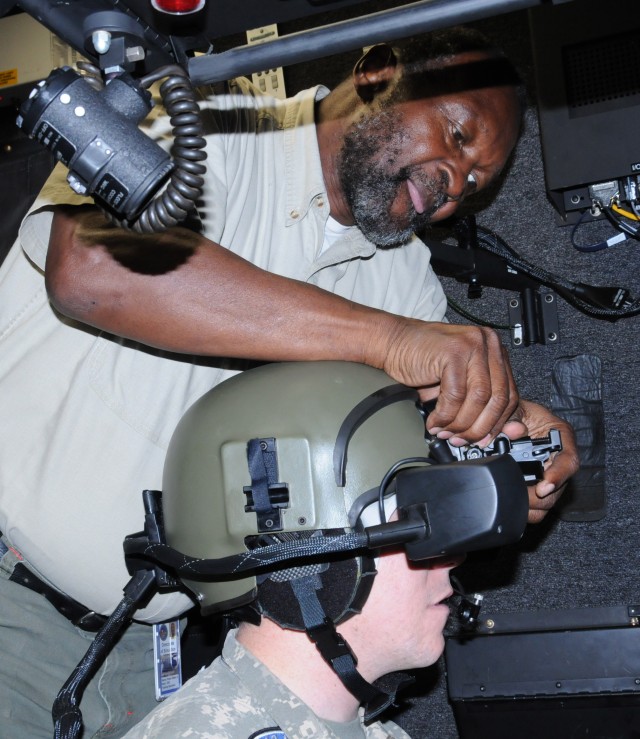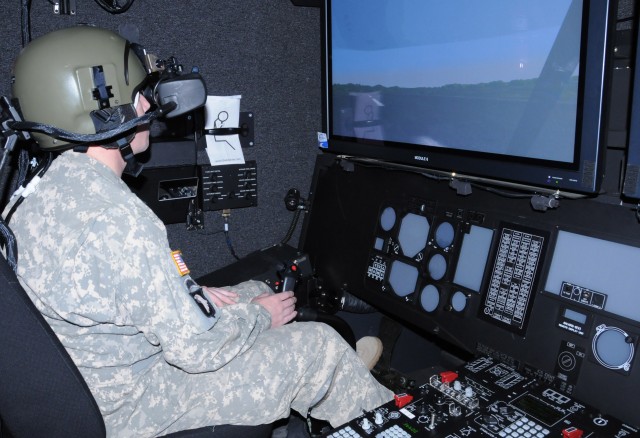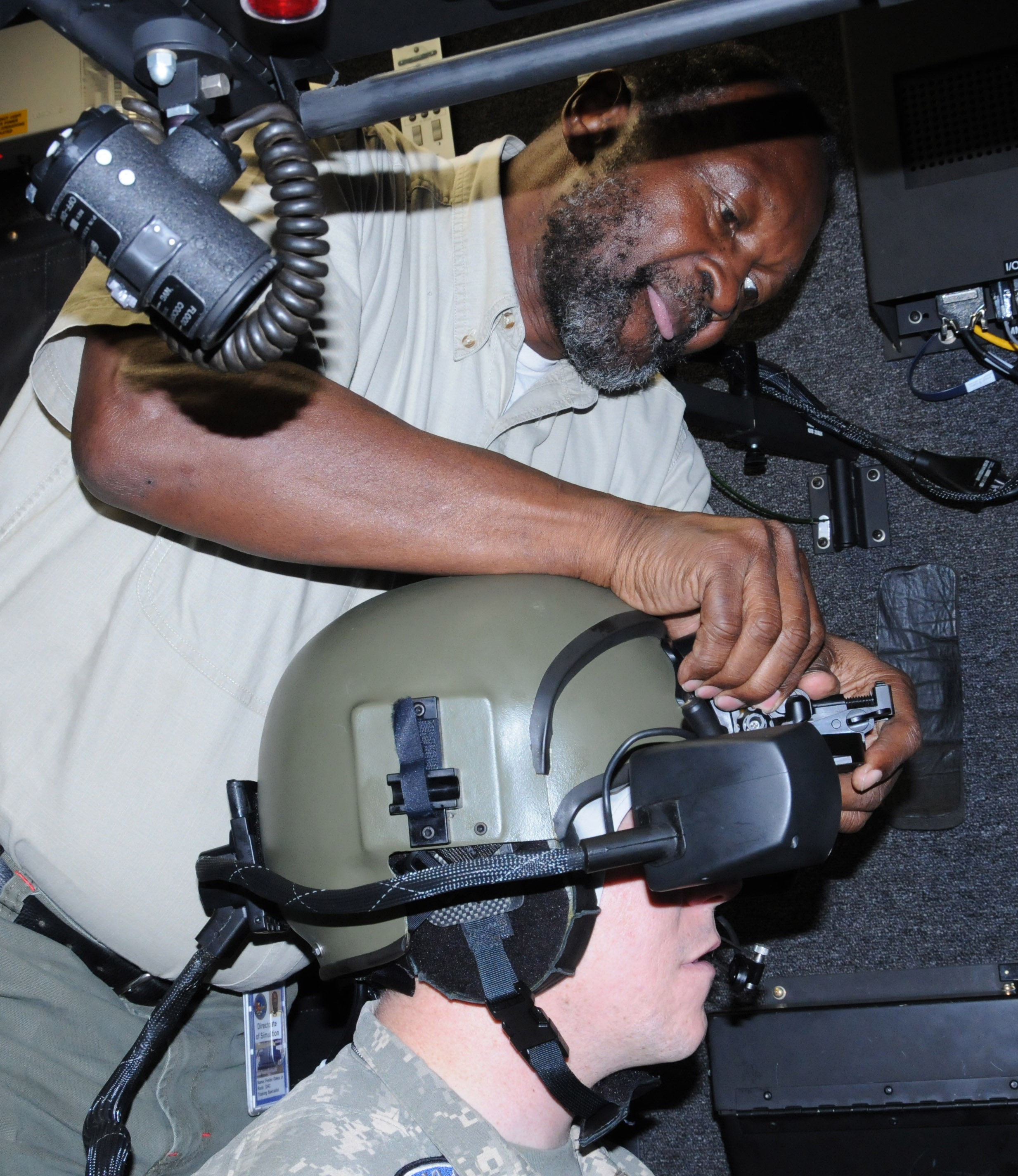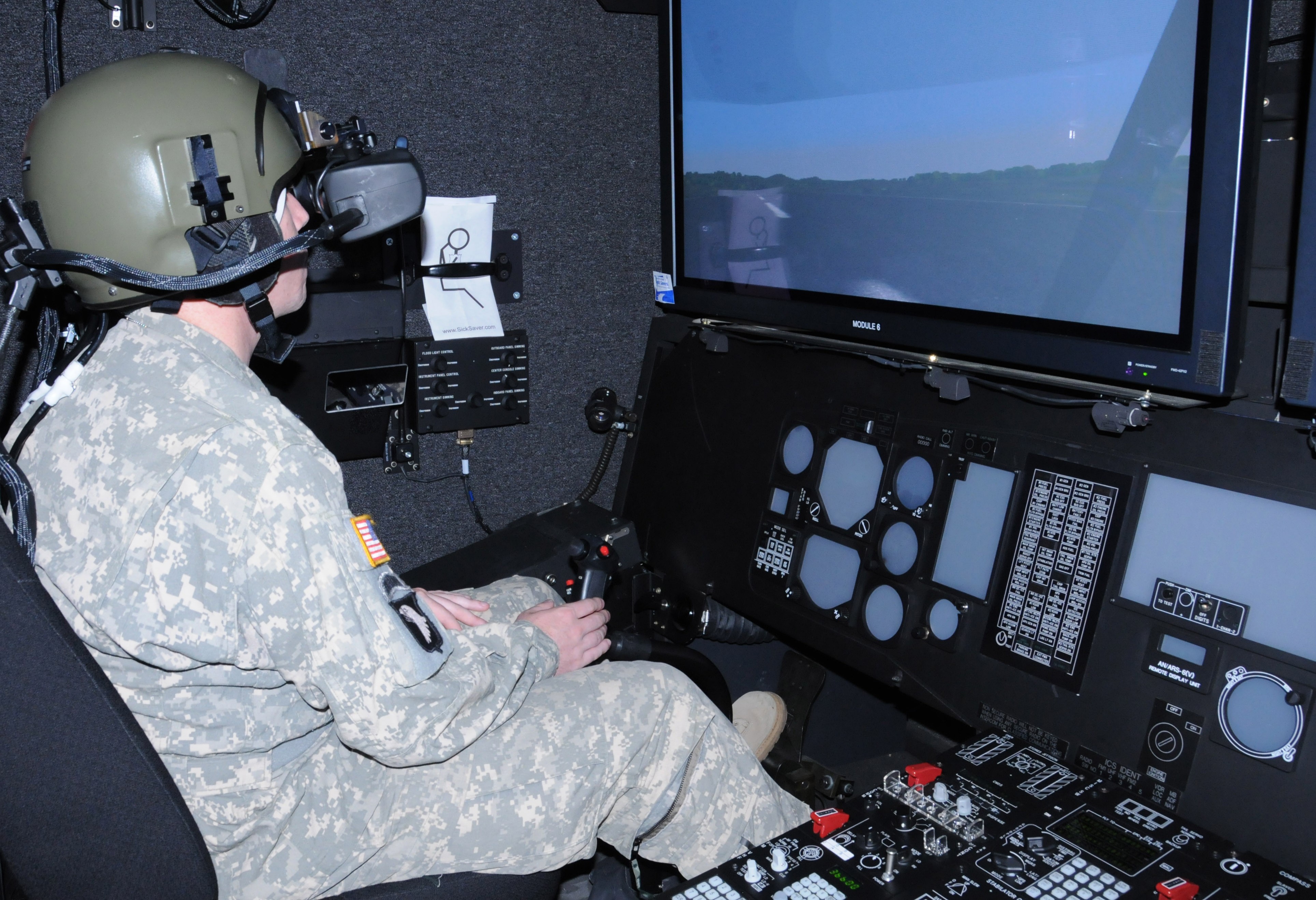FORT RUCKER, Ala. -- Tenth Combat Aviation Brigade Soldiers travelled here from Fort Drum, N.Y., to train for their upcoming deployment using Fort Rucker's Aviation assets.
About 250 Soldiers arrived here Aug. 12 to complete a weeklong Aviation training exercise, said Lt. Col. Shawn Prickett, 10th CAB deputy commander.
Tenth CAB conducted similar ATXs here in the past, as part of Forces Command pre-deployment requirements, said Prickett. Training included simulator time and classroom learning.
The brigade deploys to Afghanistan this fall, said Sgt. 1st Class Jennifer Williams, brigade public affairs officer.
"The ATX is our (pre-deployment) culminating exercise," Williams said. "The main point of the exercise is to make sure everyone's synchronized with each other. The ATX lets you know what things you need to work on more."
ATX participants included ground support forces and Aviation assets, Prickett said.
"The simulators replicate other organizations and capabilities for the unit like we would see in combat," he said. "It provides us realistic conditions for the Aviators. It's a great opportunity for us to train at every level, from brigade headquarters down to individual pilots. This is the most relevant and needed training prior to being asked to conduct combat operations."
CAB leaders collaborated with subject matter experts from around the country to help them gain knowledge about current Afghanistan conditions and gather feedback on their training efforts, Prickett said.
Practicing missions in simulators allowed Soldiers "to learn and grow from mistakes," he said.
Instructors also conducted after-action reviews to analyze each mission and rules of engagement.
Some Soldiers said the ATX better equipped them for their deployment.
"The ATX will give us one of the few (stateside) opportunities to experience real world missions in Afghanistan," said Capt. Michael Farrell, B Company, 3rd General Support Aviation Battalion, 10th CAB commander.
The unit conducts Aviation missions in AH-64 Apaches, OH-58 Kiowas, CH-47 Chinooks, UH-60 Black Hawks, he said. Simulators allowed Soldiers who have already deployed to Iraq to practice for a new environment, and those on their first deployment to know what to anticipate.
"The best part of an ATX is you get to do so many iterations (of each situation) in a short amount of time," Farrell said.




Social Sharing